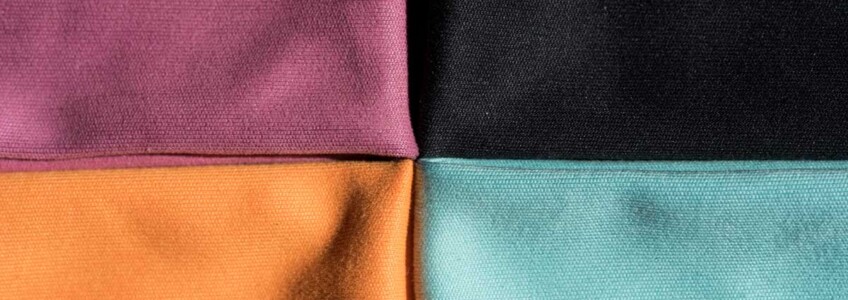Microfiber is a very soft and pleasant to touch fabric, used in the most varied fields of application: from clothing to shoes, from outdoor equipment to bath linen. Microfiber is also a valuable ally in cleaning, both in domestic environments and in professional and industrial environments.
One of the latest trends in the use of microfiber cloths is in the beauty sector. In fact, the microfiber cloth allows you to remove makeup residues flawlessly, without irritating the skin. Just moisten it with water and pass it all over your face: the skin will appear visibly cleaner and brighter, freed from dead cells.
Microfiber is therefore an extremely functional cleaning cloth, able to remove dirt, sebum, dust, moisture, but also germs and bacteria from glasses and surfaces. The reasons why microfiber ensures maximum hygiene and excellent results are to be found in its intrinsic characteristics and properties.
Let’s discover together with Manifattura Foderami Cimmino what are all the potential of this non-woven fabric!
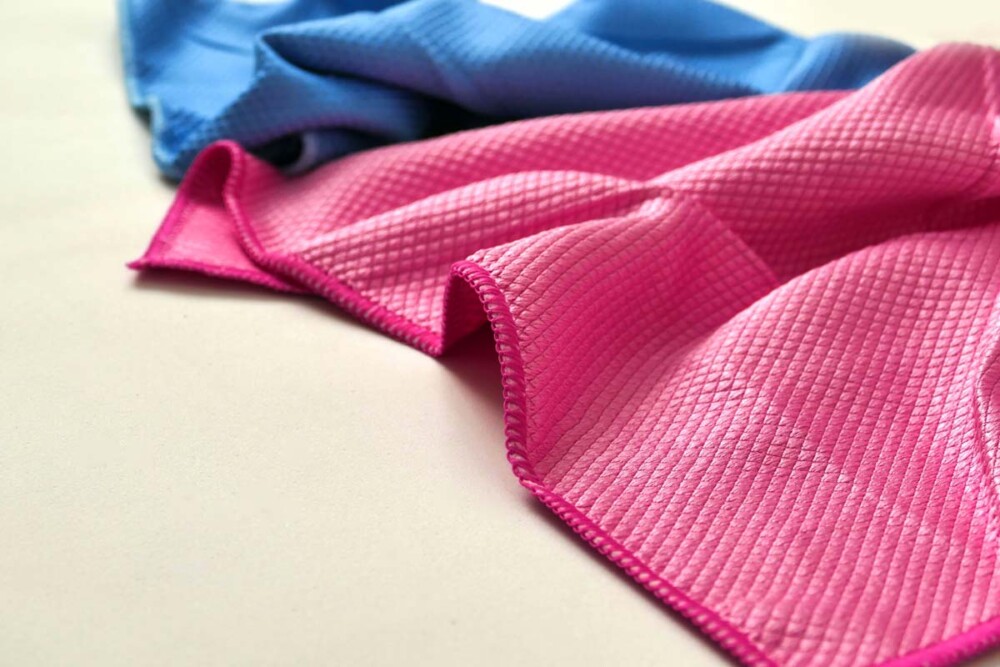
What is a microfiber?
Is the microfiber natural? The answer is no. The fabric we commonly call “microfiber” actually identifies a series of synthetic textile fibers that have in common a same characteristic, that is, having a title equal or less than 1 Dtex. The Dtex indicates how many meters of a certain fiber are present in one gram of weight, and 1 Dtex is equivalent to 10,000 meters. It is therefore very thin fibers, the thickness of less than a human hair.
The development of microfibers originated in the eighties of the twentieth century, with the aim of creating a synthetic product capable of being soft and shiny just like silk and cotton, but also able to absorb water very easily. In fact, the first use of microfibers was in the cleaning sector. Thanks to its breathable and sweat-absorbing properties, microfiber was later used to make sportswear and leisure wear.
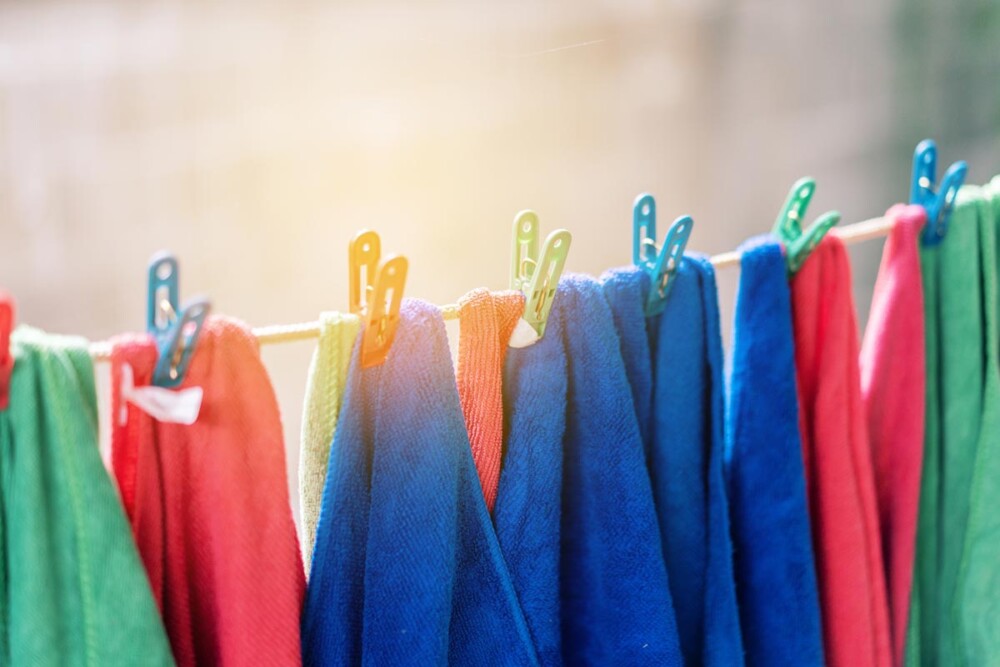
Microfiber composition
The microfibre processing process is called microfilature and can be carried out with four different types of fibers (acrylic, nylon, rayon, polyester) or by combining two or more fibers together. In this case, we will have five types of microfibers: acrylic fiber microfiber; nylon microfiber; rayon microfiber; polyester microfiber; hybrid fibers. If we work together nylon and polyester, we talk about hybrid fibers.
In the composition of this material we will never find the words 100% microfiber, but the indication of the fibers used, for example 80% nylon and 20% polyester.
The structure of a microfiber can be modified by changing the shape and size of the hole through which the fiber comes out. In this way, it is possible to create a fiber that can be woven and woven in many different ways, giving each time a more opaque or iridescent, smoother or rough.
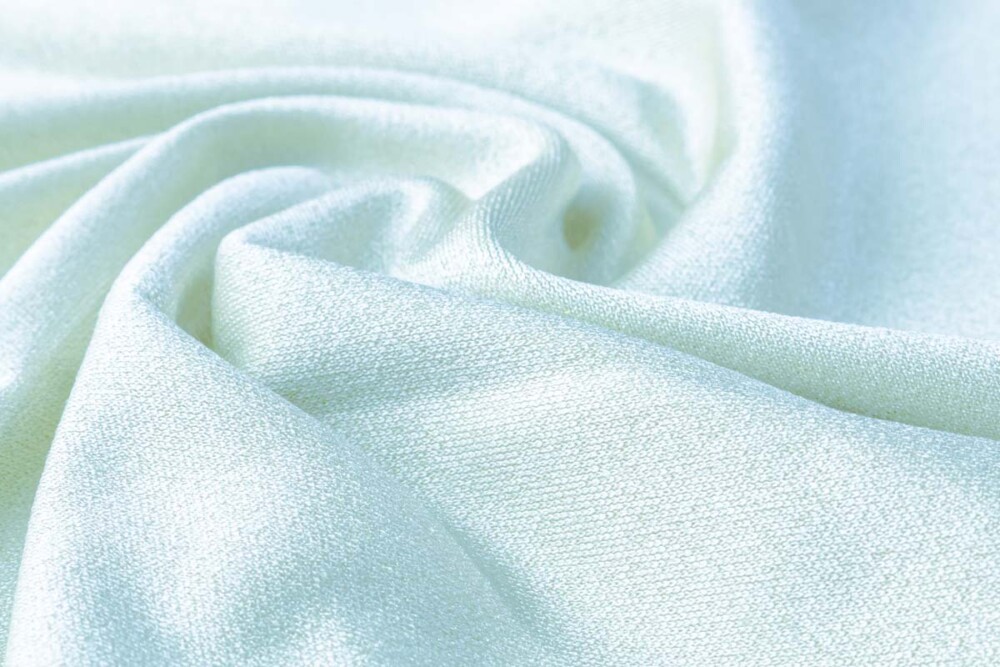
Microfiber: main features
One of the main features of the microfiber is its capillarity, being three times thinner than cotton and two times more than silk. Among other peculiarities, we can not mention the following: soft and pleasant to the touch; antibacterial and hypoallergenic; absorbent and breathable; easy to clean.
The microfiber, depending on the composition with which it is produced, can have different textures and, among these, have a consistency very similar to that of velvet, resulting pleasantly soft.
The very thin fibers give it an excellent ability to absorb moisture, which is why microfiber towels and technical clothing dry in no time. Microfiber is a material that does not cause allergies, as it does not easily retain mites and bacteria: for this reason it is also particularly suitable for upholstering some furnishing accessories, such as sofas and armchairs. In addition, it is resistant to stains and does not require special maintenance: two features that increase its yield over time.
Properties of microfiber and increased use
Thanks to its characteristics, we have seen that the microfiber boasts several properties, first of all the breathable ones. The properties of the microfiber correspond mainly to those of the base material. For example, a cellulose microfiber absorbs much more moisture than a polyester microfiber. A nylon microfiber, on the other hand, is much more resistant to rubbing than the cellulose one.
Precisely for this reason, microfiber is used to make clothing and sports equipment of excellent workmanship. The fabrics that fall into this category guarantee fit, comfort and resistance to wear and frequent washing cycles. Fabrics, such as those of Manifattura Foderami Cimmino, are designed to offer not indifferent advantages, where comfortable clothing is required and which winks at new trends.
Microfiber fabric
The microfiber fabric of Cimmino is made of 100% polyester and is perfect for making towels and bathrobes with a high absorbent degree, to take with you anywhere and to use especially at the sea or in the pool.
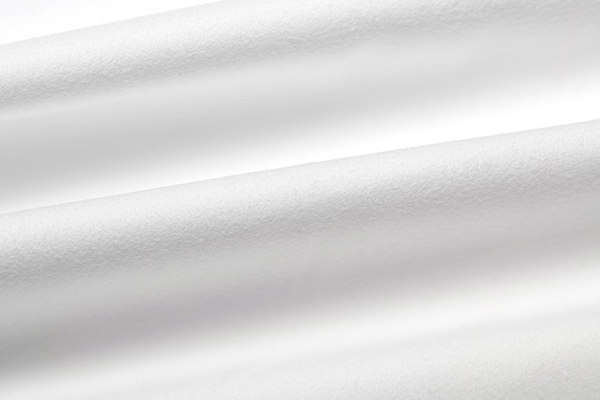
Discover the Cimmino online catalogue and buy the best microfibers on the market now!



